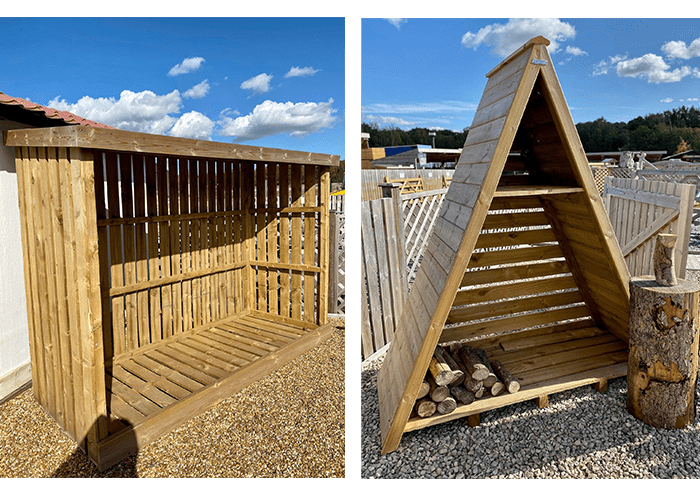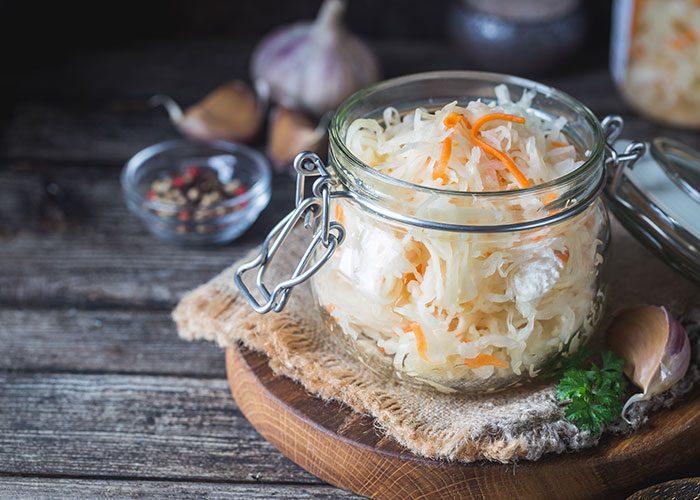Please add image or text logo

Here is our round-up of news, top tips, and ideas for February!
February can be a cold month in the garden but, unlike January, it’s starting to feel as though spring is just around the corner. With bulbs breaking into bud and the days getting longer, there’s plenty to prepare for in February!
Here are some important garden jobs for February:
• Chit your seed potatoes. If the ground is still cold to the touch, hold fire on planting seed potatoes. Instead, there is a huge benefit to chitting first early potatoes – essentially bringing them into bud before planting. This process should be undertaken about 6 weeks before you want to plant them.
• Plant lilies in pots. Fill a pot with potting compost and plant each lily bulb, leaving about 5cm between them. Add a layer of compost atop the bulbs – the depth of this compost layer should be similar to the height of the bulbs. Soak the compost with water, then wait for the shoots to emerge in spring.
• Prune deciduous ornamental grass. Using sharp secateurs or shears, cut back straw-like grasses, such as miscanthus, hakonechloa, and panicum. Leave less-hardy varieties for another month.
• Put up a nest box. Encourage a variety of birds to your garden by providing a nest box. Place one 1-3m above the ground, in a relatively sheltered spot and out of reach of cats and squirrels. Discover our entire birdcare and wildlife range here.
• Ventilate your greenhouse. Whenever possible, open up the windows, doors, and vents of your greenhouse for an hour or two in the afternoon of mild days. This helps to reduce mould growth and the spread of disease throughout the winter months.
• Feed fruit bushes. Ensuring the soil is moist and weed-free, sprinkle high-potassium plant food around the base of fruit bushes. This will ensure they have enough nutrients for the year ahead and won’t need feeding again.
• Warm the soil with cloches. Prepare for planting early crops by adding cloches to the areas that you plan to utilise. Be sure to remove any weeds or old roots first.
• Cut lawn edges. Though it’s not quite time to get your lawnmower out, trimming the edges of your lawn using an edging tool will instantly neaten up your garden.

• Broad beans. Sow broad beans in modules, ready for planting out in spring.
• Garlic cloves. Planting garlic now means it still has time to develop by summer. Split a bulb into cloves and set the cloves on the soil, leaving about 15cm between each. Plant them with the pointed tip upwards at a depth of 6cm, then firm the soil down.
• Jerusalem artichoke. Opt for a sunny spot with plenty of space and prepare the soil by weeding and adding compost. Plant the tubers 30cm apart and 15cm deep. They can also been grown in a large tub.
• Tomatoes. Fill a small pot with seed compost, water well, then sow three or four seeds on the surface. Cover with vermiculite and keep at around 18°C or cover with a clear plastic bag and place on a warm windowsill. As soon as seedlings appear, uncover the pot and place it in as much light as possible, to prevent the plant growing thin.
• Chillies. Plant chilli seeds using the same method as tomatoes, planting a few extra seeds than required, in case of losses. When the seedlings reach 2.5cm tall, move each one into its own small pot filled with multi-purpose compost.

• Leeks. This hardy vegetable can be harvested as and when required throughout the winter months, even after severe frost.
• Swedes. Though swedes can survive the cold, they should be harvested this month to avoid them becoming too coarse to eat.
Members of the brassica family can continually be harvested as and when required, including:
• Cauliflower. Cauliflowers will have stopped growing by the time they are picked and should last for a while after harvesting.
• Cabbage. If harvesting and storing winter cabbages, hang them in a cool place. Otherwise, they can be left in the ground until needed.
• Broccoli. Harvest broccoli spears regular to stimulate further growth.
• Brussels sprouts. Pick one by one as they mature.

Although it’s currently hibernation season for hedgehogs in the UK, our spiky little friends are growing increasingly endangered, but there’s always plenty that can be done to protect them.
Take a look at some of our top tips below:
• Create a log pile. Log piles provide shelter for insects and, therefore, make the perfect foraging place for hedgehogs. Create your log pile in a shady area of the garden, replenishing the logs every now and again as the wood begins to rot down.
• Add variety to your garden. Having a mixture of plants, shrubs and trees in your garden may be a long-term strategy but it aids massively in provided shelter and food for hedgehogs and a variety of other animal species.
• Create a wildlife pond. Don’t let the word “pond” be a worry, as you can simply use a shallow container or a water-tight structure like a sink in order to create a pleasant drinking place for hedgehogs. Plants will colonise here naturally, and rainwater can be used to fill it up!
• Add a hedgehog home to your garden. Provide a safe place for hedgehogs to rest by placing a hedgehog home somewhere peaceful in your garden. View our range of animal houses here.
• Create a compost heap. Compost heaps are rife with worms, slugs and earwigs which provide essential sustenance for hedgehogs. Build your compost heap on soil rather than solid ground to ensure easy access for these creepy crawlies.

Now is the perfect time to stock up on firewood for next year.
Seasoning our air-dried hardwood or softwood logs in one of our Heritage, Midgley or Wortley log stores will ensure they are in perfect clean-burning, low moisture condition for next autumn.

Fermented foods including Korean Kimchi and East European favourite, Sauerkraut, are increasingly popular in the UK.
Both kimchi and sauerkraut use fermented cabbage as their main ingredient, and there couldn’t be a better time to grow (and ferment!) your own.
To enjoy home-grown summer cabbage, it is best to sow your cabbages in late February, in a planter or pot and under a cover. By around June, you’ll have some delicious veg to make these exciting dishes with!

Whether you’re looking for privacy, security, or simply want to create a grand entrance, we’re confident that we can craft the perfect pair of bespoke driveway gates for your home.
• All our custom-made driveway gates are manufactured at our Midgley centre by expert joiners using time-honoured traditional techniques.
• Fully bespoke – we know that every driveway is different, so we don’t stock ‘standard size’ driveway gates. Our custom-made driveway gates are manufactured to your exact requirements, so there’s no need to compromise on fit.
• Top quality comes as standard. We’re proud of our driveway gates – that’s why every pair is constructed from premium, hand-picked materials and given the care and attention they deserve.
• On-site displays. Read every specification on the internet that you can – but there’s really no substitute for touching and feeling our bespoke driveway gates. We’ve assembled a comprehensive selection of display models at our Midgley and Brigg centres, so you can judge our gates for yourself.
Download Our Price List Here
There is something uplifting about having butterflies in your flowerbeds, frogs in your water feature and birds in your bushes, and knowing they’re there because of you.
Available from Amazon here.
“While it is February one can taste the full joys of anticipation. Spring stands at the gate with her finger on the latch.”
― Patience Strong